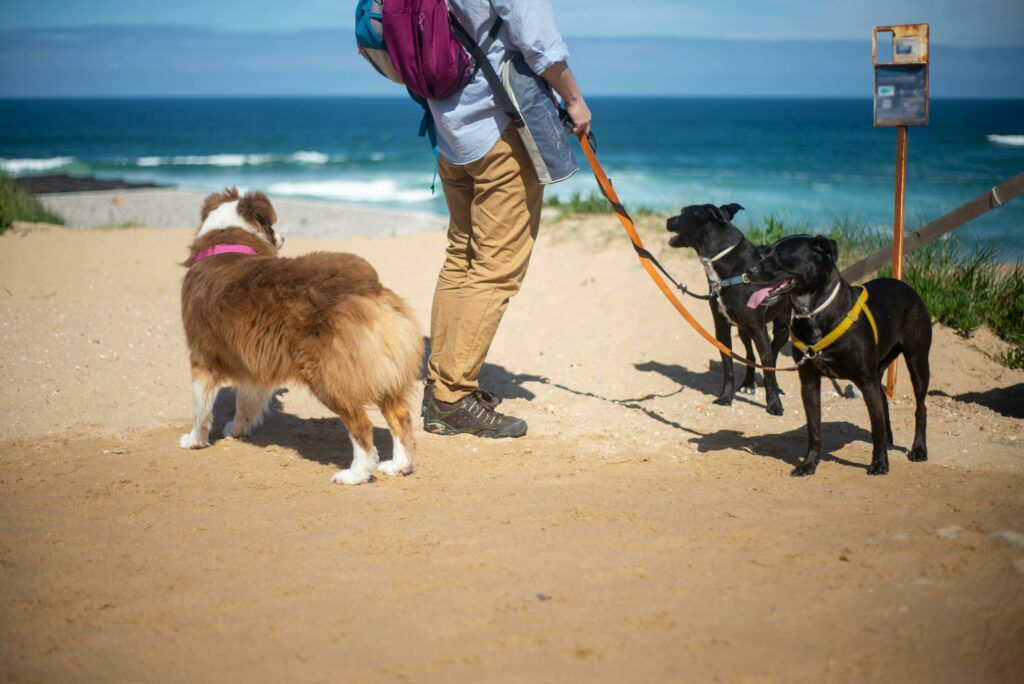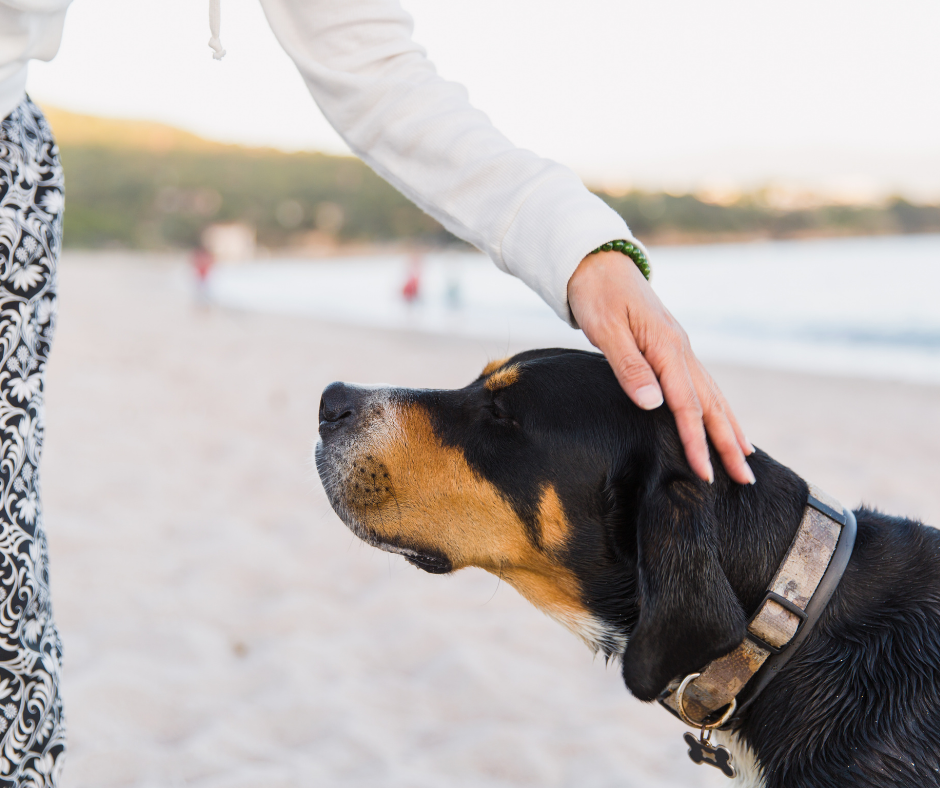Summer is fast approaching. It’s the perfect time for a beach trip and you may be tempted to bring your furry buddy along with you, but don’t forget to be careful. When you arrange a beach getaway with your dog, there is a certain amount of concern involved. They come into contact with even more potentially irritating or harmful materials at the beach. But if you just use a little additional caution, there is nothing to worry about!
Dogs may face risks at the beach, such as sunburns and stomach problems from consuming salt water. Here’s a guide on how to help your dog enjoy the sun safely.
1. Check the rules
Make sure your dog is permitted to accompany you before leaving for the beach. Dogs are not always welcome on beaches and swimming places. Some may have rules on where they can roam. Moreover, some places only permit them during specific hours or days. It is also important to abide by the leash laws. There may be places where you can take your dog off leash, but not others. Lastly, just like you would anyplace else, make sure to clean up after your dog at the beach.
2. Keep an eye on any salt water intake
If your dog is thirsty, they might want to drink the ocean water, but the bacteria, parasites, and salt in the water can cause illness. Give your dog lots of fresh water to avoid them drinking salt water while they’re at the beach because they can become dehydrated easily in the sun. A few gulps of salt water won’t kill your dog, but keep an eye out for vomiting and early neurological indicators of salt poisoning, such as dullness and depression. Drinking salt water can result in saltwater poisoning, vomiting after swimming, and “beach diarrhea.”
Take note that your loyal companion might also consume too much water. It is crucial to watch out for water intoxication.
At all costs, do not let your dog eat sand! It may cause an impaction by obstructing their intestines.

3. Guard your dog’s ears and paws
Salt has the potential to irritate your canine buddy’s skin and paws. After swimming, rinse your dog’s coat to remove any salt water and sand. Remember to always dry and clean their ears. Bacterial ear infections can arise from retained water in the ears, particularly from the ocean.
Put on doggles (goggles made for dogs) to shield your loyal sidekick’s eyes from the sun and booties to prevent their paws from burning on the hot sand.
4. Protect your canine buddy from the sun
Dogs are more vulnerable to heat-related hazards because their primary method of controlling body temperature by panting is less effective than sweating.
Don’t forget to apply sunblock 30 minutes before going outside on your furry friend. Use pet-safe sunscreen on your dog’s ears, nose, and any other areas where their fur is sparse since they can get sunburned. If you’re not sure if your fur baby’s sunscreen is appropriate for pets, make sure it doesn’t contain salicylates (aspirin) or zinc oxide (Desitin), as these substances can be poisonous if consumed in excessive quantities. If too much is applied in a place where they can lick it, it can also cause stomach distress if swallowed in excess.
Prevent going outside during peak sun hours, usually between 10 am and 3 pm. Their paws and skin, as well as yours, can get extremely painful from the scorching sand.
5. Watch out for potentially hazardous animals
Look for jellyfish and other marine life, which can be harmful to dogs, in the sand and the sea. Be mindful of sea lice, which can give dogs itchy red lumps. Pay particular attention to areas where there are a lot of jellyfish.
Watch out for puffer fishes. Despite their seemingly harmless appearance, they are home to one of the deadliest natural poisons in the world, which is known as the tetrodotoxin. This toxin is found in their skin and organs. It can be deadly for both people and animals if consumed.
6. Be cautious when swimming
While it may be your dream to see your best friend swimming next to you, not all dogs are as good in the water as others. Most dogs will require several attempts before they learn to swim, and some will happily just get their paws wet before collapsing in the shade. Let them stay out of the water if that is their preference and let them swim naturally!
Make sure your dog has a life vest. If you need to pull your fury baby to the shore, it will be easier if he is wearing a life vest. Also, dogs may also experience difficulty when swimming, they can also get tired.
Speak to a lifeguard about the water conditions. Situations such as rough waves or strong currents can make the water too dangerous for your dog.
Keeping all of this in mind, it may seem that getting ready to walk your dog on the beach is not a typical beach day. However, you want to do everything in your power as a responsible pet parent to make your dog’s first beach experience enjoyable and memorable. You will be ready for future travels as well, so those impromptu beach days with your dog can turn into a summer tradition if you are prepared. And never, ever leave your loyal companion unattended!
















